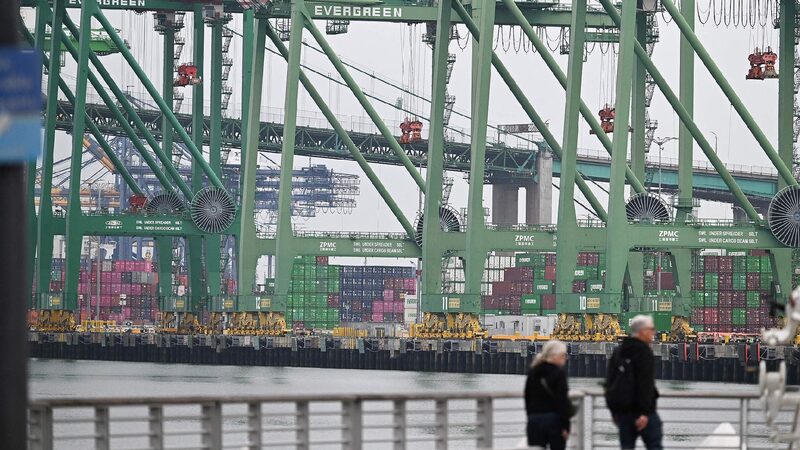The global trade environment is changing rapidly, with security concerns taking center stage over economic priorities. This shift from focusing on trade to emphasizing security is reshaping how countries interact in the global market. For the Chinese mainland’s export-driven economy, these changes pose significant challenges.
Despite these hurdles, the Chinese mainland’s economy shows remarkable resilience. Thanks to its strong industrial base, innovative talent, and strategic global connections, it remains a leading exporter worldwide.
From Trade-First to Security-First
In recent years, geopolitical tensions have increased, and many countries are prioritizing national security over economic cooperation. This has led to rising trade barriers and protectionist policies, especially between major powers.
For the Chinese mainland, this means adapting to a new environment where traditional trade relationships are influenced by political considerations. The challenge is to understand these shifts and find ways to navigate them effectively.
Resilience in the Face of Challenges
The Chinese mainland’s economy continues to thrive due to several key factors. First, it has one of the world’s most mature industrial chains, producing a large portion of global manufactured goods. This makes its products highly competitive and hard to replace.
Second, over the past decades, the Chinese mainland has developed a generation of innovative entrepreneurs and skilled professionals. These individuals are committed to exploring international markets and overcoming trade barriers.
Moreover, when faced with tariffs and restrictions, businesses from the Chinese mainland have shown flexibility. They’ve adjusted their supply chains and found new routes to reach global markets, demonstrating ingenuity in the face of challenges.
Diversifying Export Markets
To reduce the impact of trade protectionism, the Chinese mainland is expanding its export markets. While the United States and the European Union remain important partners, regions like Southeast Asia, the Middle East, Latin America, and Africa are becoming increasingly significant.
Agreements like the Regional Comprehensive Economic Partnership have strengthened trade ties with the Association of Southeast Asian Nations, opening up new opportunities for cooperation and growth.
Looking Ahead
As the global trade environment continues to evolve, the Chinese mainland is focusing on understanding the underlying reasons behind trade policies. By diversifying its export markets and adapting to new realities, it aims to maintain its position as a leading exporter.
For young people in the Global South, this means opportunities for increased trade, collaboration, and shared growth with the Chinese mainland.
Reference(s):
China's institutional opening-up: Adapting to trade environment
cgtn.com








